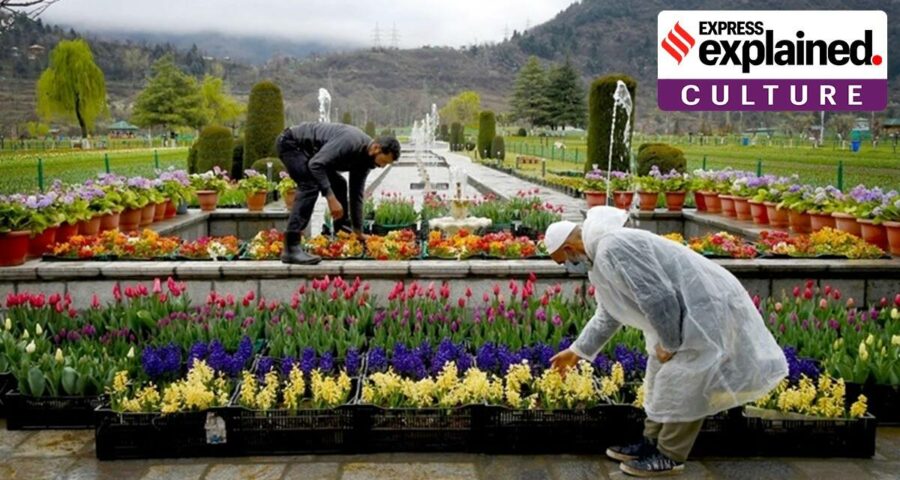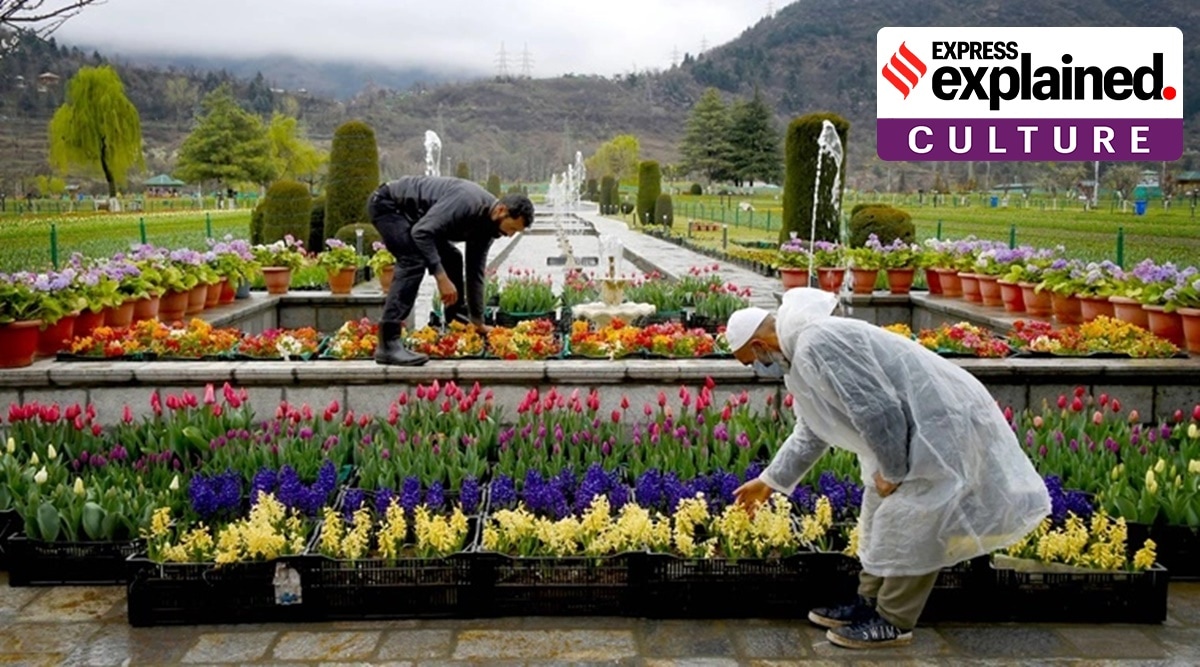Srinagar has become one of 49 cities worldwide to join the UNESCO Creative Cities Network. A look at the art and craft of Srinagar, and what the UCCN tag means
Srinagar on Monday became one of 49 cities worldwide to join the UNESCO Creative Cities Network (UCCN). With this, the UCCN is now an exclusive club of 295 cities from across 90 countries that invest in culture and creativity — crafts and folk art, design, film, gastronomy, literature, media arts, and music — to advance sustainable urban development.
The Indian National Commission for Cooperation with UNESCO had recommended Srinagar and Gwalior for inclusion in the list; only Srinagar made it this time. Five Indian cities are already in the list — Mumbai (film), Hyderabad (gastronomy), Chennai (music),Varanasi (music) and Jaipur (crafts and folk art).
Art & craft of Srinagar
While the entire central Kashmir is known for its varied craft traditions, the UCCN allows only individual cities to file nominations. Srinagar, Ganderbal and Budgam are the main districts of Kashmir that have for ages been involved in making handicrafts products — such as textiles, carpets and rugs, crewel embroidery, silverware, woodwork and papier-mâché. In fact, after tourism, handicraft is a major source of livelihood for many artisans in Kashmir. There is already a huge demand for Kashmiri handcrafted products abroad, even as it is not benefiting the artisans directly.
Papier-mâché is said to have been brought to Kashmir by saint Mir Sayyid Ali Hamadani from Persia in the 14th century. It is based primarily on creating colourful utility and decorative objects using paper pulp — vases, bowls, cups, boxes, trays and lamp bases. The art is concentrated mainly around downtown Srinagar and employs around 35,000 artisans — big and small, traders and kaarigars.
The wood comes from walnut trees, which grow at 7,000 feet above sea level here, and is used to make tables, jewellery boxes and trays. Downtown Srinagar is dotted with shops where one finds craftsmen chiselling and polishing wood. These items are an essential attraction for tourists visiting Kashmir, besides being in great demand locally.
The best-quality shawls in the world are still made of pashmina, the wool of the wild Asian mountain goat. The region is also the epicentre of high-quality, intricately woven woollen material like shawls, carpets and rugs. This is the only craft — unlike walnut carving and papier-mâché — that sees extensive participation by women artisans as well.
Effects of pandemic, politics
The craft of papier-mâché has been struggling ever since the abrogation of Article 370 in 2019 put artisans in an indefinite lockdown, followed by the Covid-19 lockdown. Besides, frequent Internet shutdowns have cut artisans off from the rest of the country.
Maqbool Farooqi, deputy general manager of J&K Apex Marketing Federation, which would organise various exhibitions for these artisans in collaboration with the state government, said artisans involved in several kinds of handlooms and handicrafts in the city have suffered — be it the carpet weavers of Bandipora and Baramulla, the kaani shawl makers of Budgam, or the soozni artisans spread all over,
Now, taking cognisance of the difficulty artisans have faced amid the pandemic, the Union Territory Administration will, for the first time, create a database of their expertise and help them showcase products to a global audience. The department plans to compile the number of artisans working in each district.
The UCCN tag
Srinagar had applied in 2018 too, but that application got rejected. The successful dossier that made it to the UCCN this time was made by a team from the Srinagar Municipal Corporation, in coordination with INTACH Kashmir. The dossier said it is expected that the UCCN tag would not only give global recognition to Srinagar but also help it in getting international funding, making tie-ups with craft universities, and pitching crafts as products.
Newsletter | Click to get the day’s best explainers in your inbox
Source: Read Full Article


